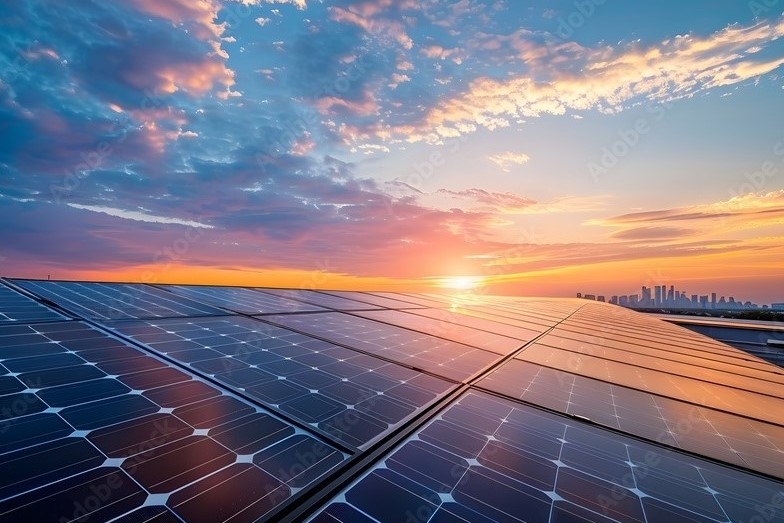The Court of Auditors has given its approval, and on August 1, 2024, the official text of the implementing decree of the Transition 5.0 Plan was signed. This measure aims to promote the energy and digital transition of Italian companies, encouraging new investments through the tax credit system. Companies can benefit from a tax credit of up to 45% of the expenses incurred.
The decree just signed defines the procedures for accessing the incentive instrument, for which the government has allocated 6.3 billion euros.
All companies resident in Italy and organizations of non-resident entities, regardless of their legal form, economic sector, size, and tax regime, can access the tax benefit.
The retroactivity of the measure is confirmed, so investments made from January 1, 2024, and completed by December 31, 2025, will be subsidized.
Particular attention is given to the installation of energy production systems from renewable sources intended for self-consumption. Biomass is excluded, while storage systems are included. Regarding the installation of photovoltaic systems, the decree confirms the obligation to use modules registered in the register referred to in Article 12 of Decree-Law No. 181 of December 9, 2023. As stated in the decree, photovoltaic modules must be produced in the member states of the European Union and have a minimum efficiency of:
a) 21.5% at the module level;
b) 23.5% at the cell level for modules with cells;
c) 24% for modules composed of bifacial cells with silicon heterojunction or tandem.
Installation costs contribute to forming the basis for calculating the tax credit in an amount equal to 120% (140% in the case of bifacial heterojunction modules).
The Transition 5.0 Plan also facilitates expenses in training activities and investments in new tangible assets. The latter must allow for a reduction in energy consumption of at least 3% for the entire production structure or at least 5% for individual processes affected by the investment.
Examples of Transition 5.0 Application to Photovoltaic Panels
1. Building-Integrated Photovoltaics (BIPV): Integration of solar panels into building structures, such as facades and roofs, combining energy efficiency and architectural design.
2. Agrivoltaics: Combination of agriculture and solar energy production, using agricultural space to install photovoltaic panels without compromising agricultural productivity.
3. Floating Solar Farms: Installation of solar panels on water surfaces such as lakes and reservoirs, utilizing unused spaces and improving efficiency through natural water cooling. Transition 5.0 in the photovoltaic sector represents a holistic approach that integrates advanced technology, environmental sustainability, and social well-being. This paradigm aims not only to improve the efficiency and productivity of solar energy but also to ensure that benefits are equitably distributed, contributing to the creation of a more sustainable and inclusive society.
JSquare’s Offer for Photovoltaics
Jsquare, specialized in the development and integration of renewable energies, offers photovoltaic modules that meet all the requirements indicated in points a), b), and c) of Article 12 of D.L. December 9, 2023, No. 181, guaranteeing you access to the maximum incentive of 140%.
Currently, these are the only products on the market that allow you to obtain the maximum available incentive.
If you need at least one container, we will be happy to offer you the best possible proposal.For further information and communication, contact info@jsquare.it or visit our website www.jasquare.it.
